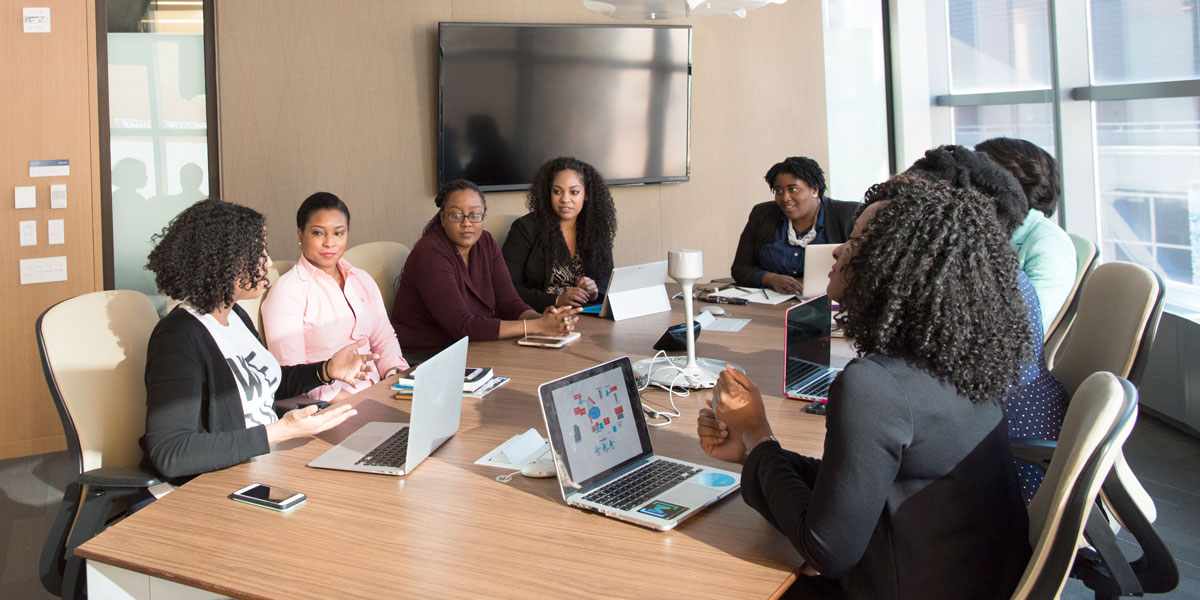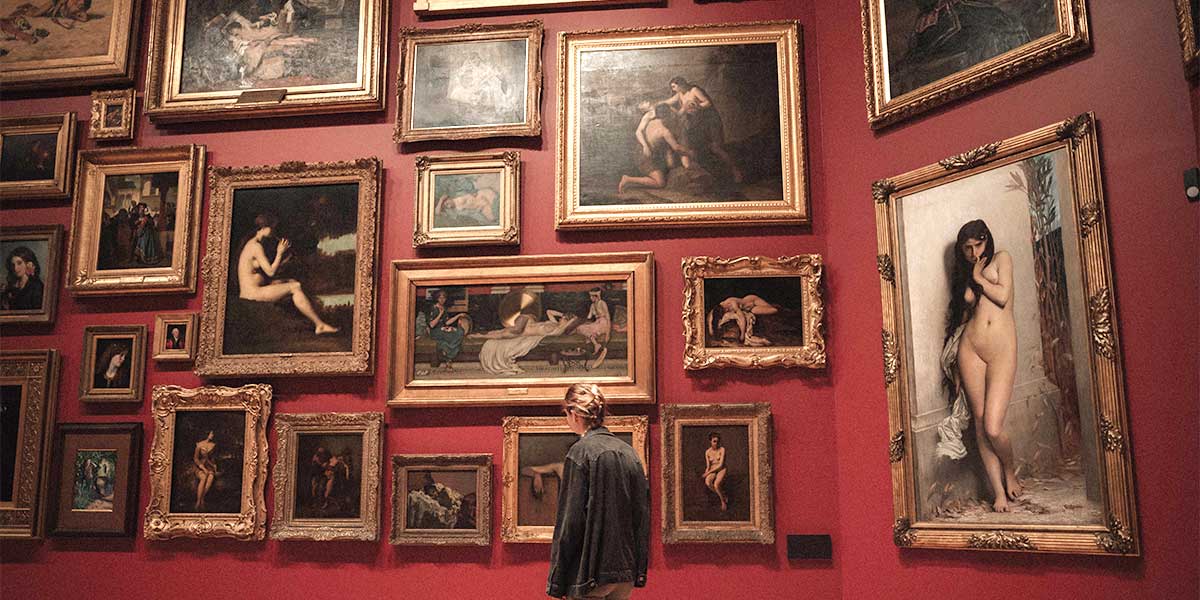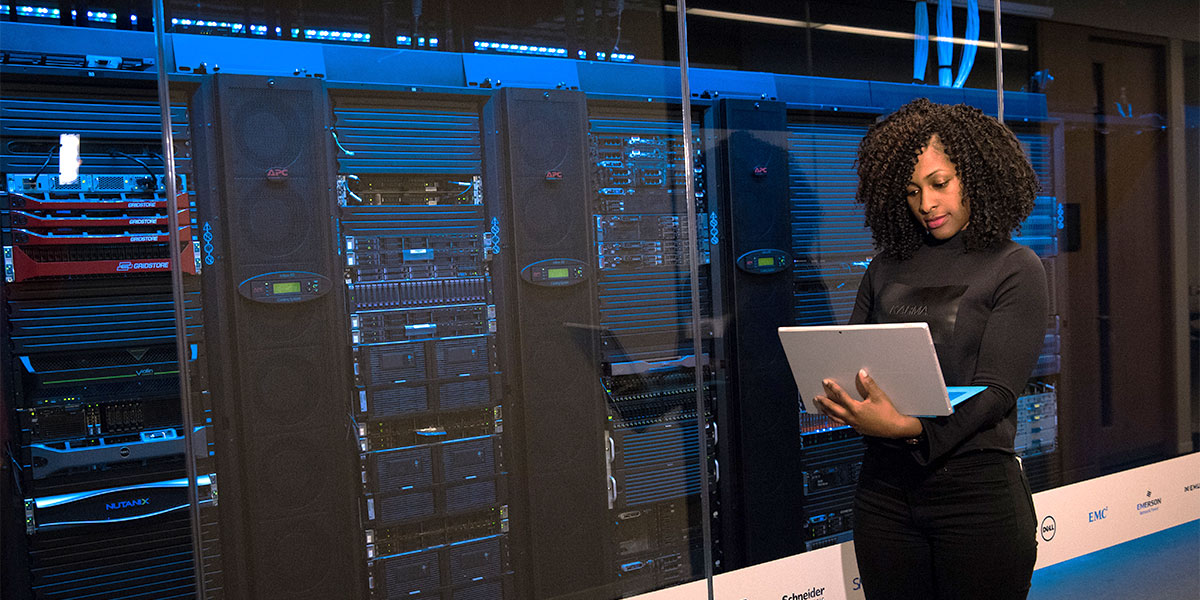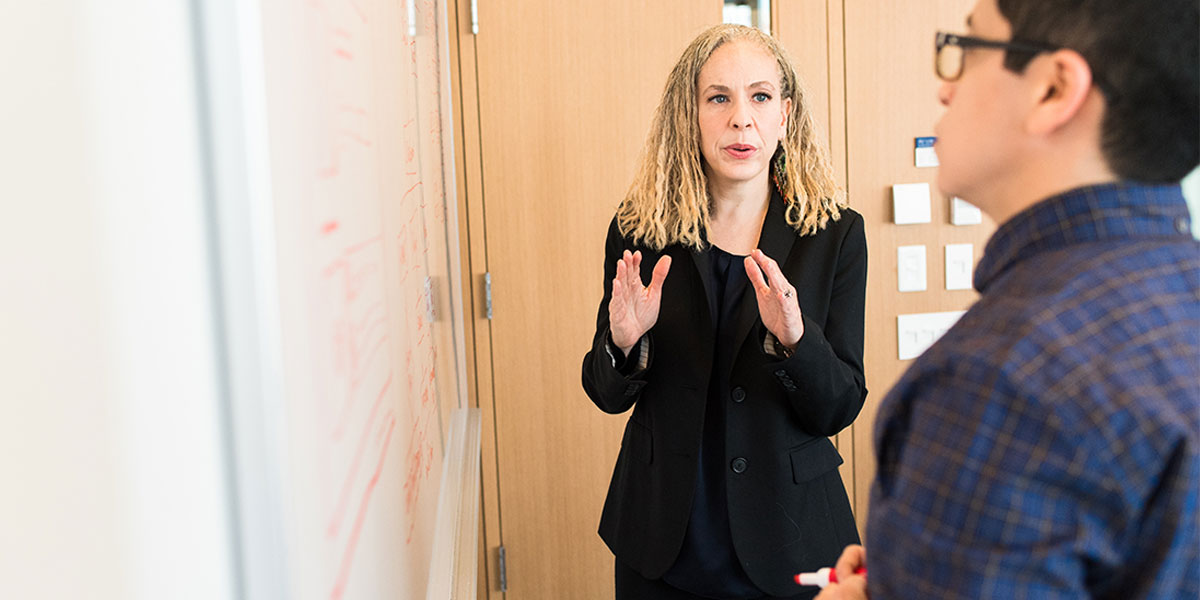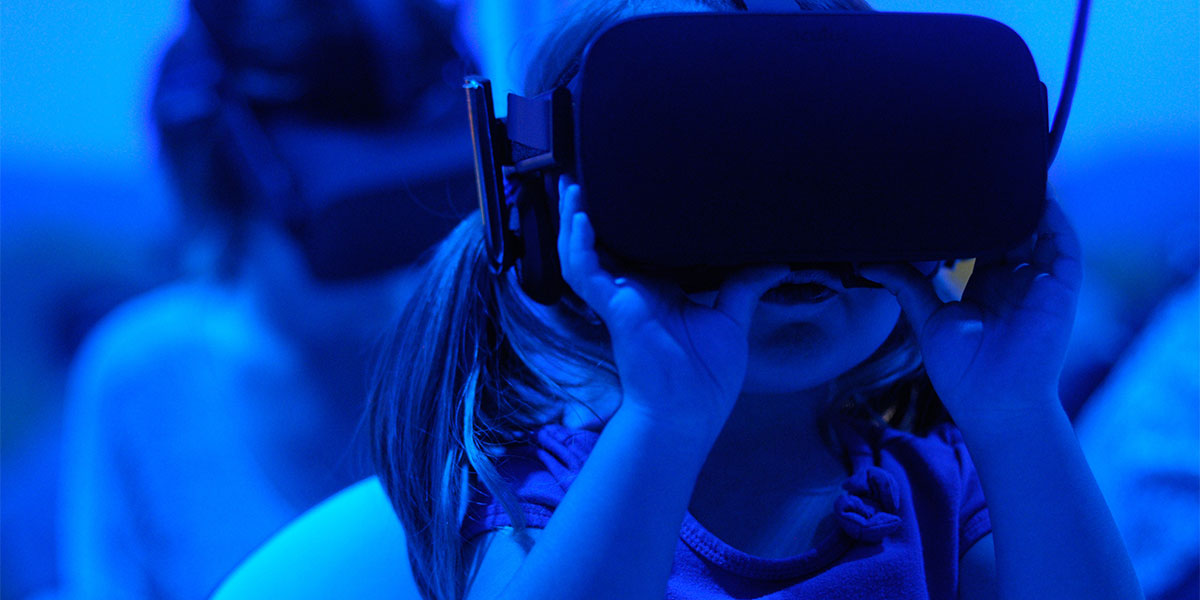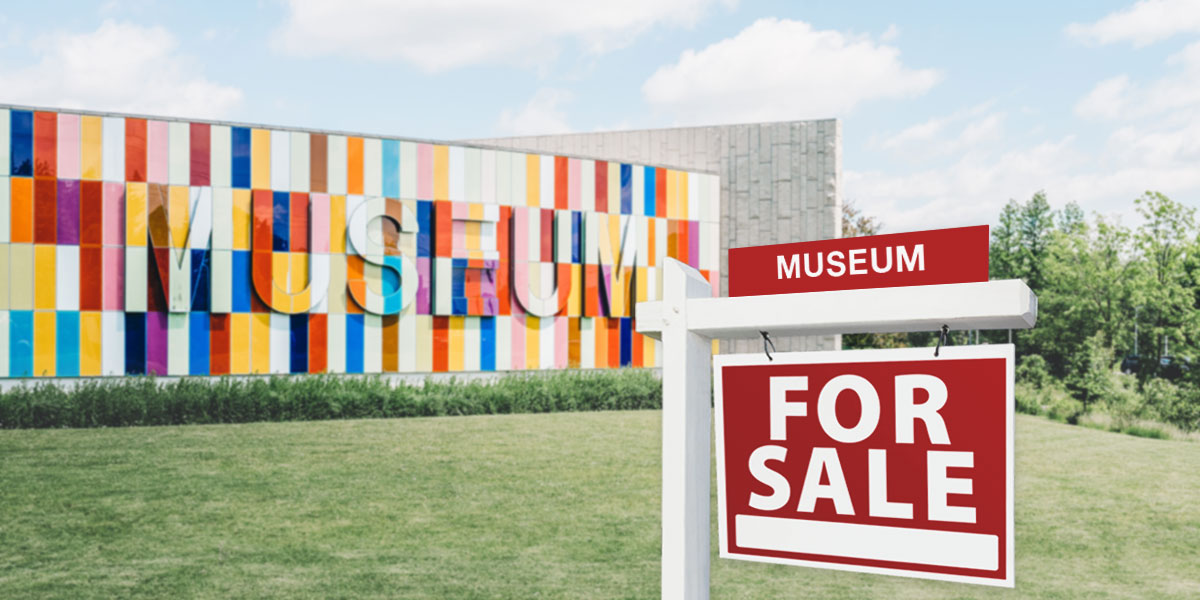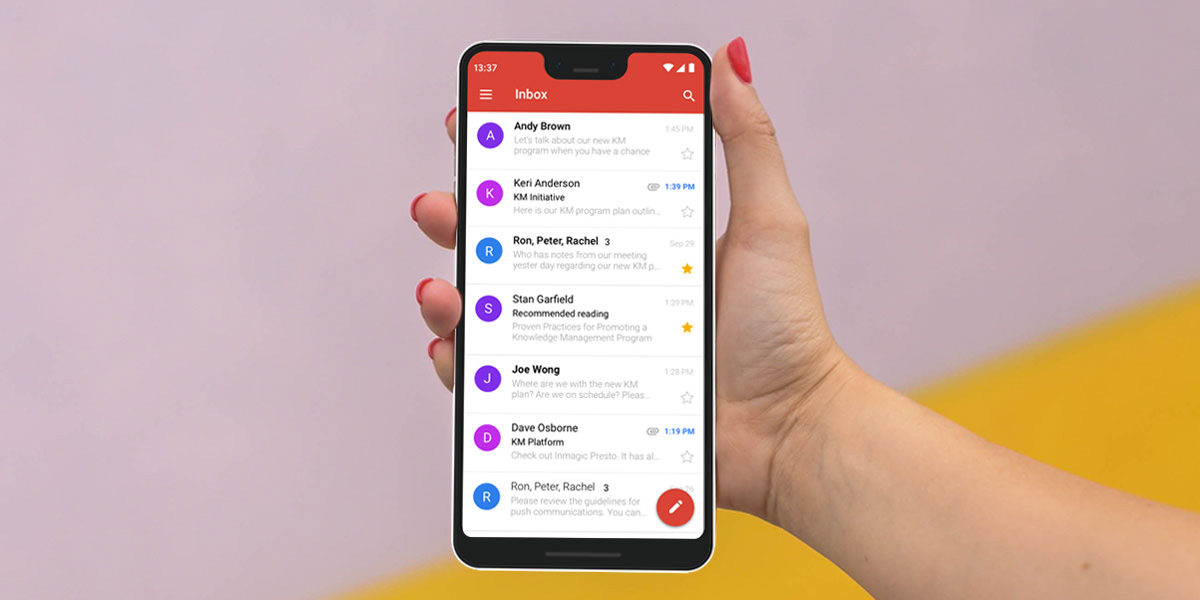People are fundamental to every aspect of an archival project. They commission projects, provide resources, support (or challenge) projects, and produce results. People deliver projects as managers and team members, and others influence projects as sponsors and archival project stakeholders. How people behave and feel about the project influences its success.
We've Moved!
Think Clearly has a new home! Click here to see our latest posts.
*If there’s older content you’d like to catch up on, you can browse right where you are, until Friday, April 5th.
We know it takes a minute to get used to change!
Topics: Professional Development, Strategy, Archives
Topics: Knowledge Management, KM, Strategy
The Importance of Sustainable Museum Cataloging & How to Achieve It
Topics: Strategy, Museum Collections Management
Machine-based Learning in Special Libraries: Tech Trends that Aren’t “Out-There” Anymore!
We’ve all heard of IBM’s Watson. Whether winning at Jeopardy or diagnosing medical conditions, it shows great potential and already has proven itself as a partner for humans. Honestly, I believe that it’ll do nothing but grow and develop as a learning machine. Machine-based learning in special libraries is an interesting area to explore.
Topics: Special Libraries, Technology
Project managers are expected to be both good managers and leaders. Leadership is one of the most critical competencies a project manager must have. Leadership in archival projects is demonstrated through setting the vision for the project and supporting strategy, and creating a shared vision with the team. Archival leaders create an environment that encourages the best in team members, allowing them to develop and learn.
Topics: Professional Development, Digital Archives, Archives
Increasing User Adoption of Knowledge Management Tools and Technology
In Neil Olonoff’s excellent post “Knowledge Management Tools That Aren’t Tools,” he takes us back to the basic purpose and definition of a tool: something that is supposed to make work easier. It’s easy to agree with that, yet there are so many knowledge management tools that seem to complicate matters, and make work harder. And there in a nutshell is the biggest barrier to user adoption.
Topics: Knowledge Management, Technology
3 Things to Look for When Choosing a Museum Collections Management System
Many of the companies known for Museum Collection Management Systems (CMS) were founded in the late-1970s through the 1980s. Collections management system usage became common among museums in the 1990s with wide-spread implementation occurring by the 2000s. Early adopters have likely seen the migration from at least one CMS to another.
Librarians and Technology #4: Troubleshooting Steps for Librarians
Troubleshooting and testing follows evaluating, reviewing, and recommending technology. Troubleshooting is similar to beta-testing in that you are putting the software or database through its paces to see how it responds.
Topics: Professional Development, Special Libraries, Technology
Project managers for archival projects have a wide variety of responsibilities. They oversee activities, serve as liaisons between departments, and facilitate meetings. They hire staff, attend professional development activities, and review instructional materials. This post covers characteristics of effective archival project managers.
Topics: Professional Development, Strategy, Archives
There are many ways to nurture an organizational culture change in a knowledge-sharing environment, including embracing “Working Out Loud”. Bryce Williams defines Working Out Loud (WOL) as Observable Work (creating, modifying, and storing your work in places where others can see it, follow it, and contribute to it in process) + Narrating Your Work (writing about what you are doing in an open way for those interested to find and follow).
Topics: Knowledge Management, KM, Strategy
Since the Great Recession of 2008, museums of all types have been navigating shaky financial ground. The recession impacted museums on multiple fronts: it shrank endowments, decreased corporate and private donor giving, and depleted financial support from municipal and foundation organizations.
Topics: Museums, Strategy, Museum Collections Management
Augmented Reality in Libraries: Technology Trends that Aren’t “Out-There” Anymore!
Augmented Reality (AR) is a technology that superimposes a computer-generated image on a user's view of the real world, thus providing a composite view. What you may not know is that you can implement augmented reality in libraries, archives, and museums for free in less than five minutes.
Topics: Special Libraries, Technology
Digital Archives: How and Why to Write Digital Preservation Policy
Most archives repositories find it a challenge to keep a balance between meeting the needs of their users, their administration, and their collections. The hands-on tasks involved in the daily management of ever-growing collections of digital information leave little time for conceptual planning of the digital preservation program.
Topics: Strategy, Digital Archives, Archives
In his research on promoting KM initiatives within the corporate world, author and KM expert Stan Garfield identified a number of useful knowledge management methodologies that enable colleagues to take advantage of proven practices while assessing needs and/or demonstrating the value of knowledge management within an organization.
Topics: Knowledge Management, Professional Development, KM
Museums in Financial Trouble: Sell, Close, or Plan a Museum Merger?
It’s no secret that since The Great Recession of 2008, museums, cultural heritage, and cultural arts organizations in the United States are still suffering financially. For each of these organization types, the expense of owning or leasing a large building, maintaining a staff, and offering compelling programs can make it difficult to survive year to year.
Special librarians too often hide much of the true professional added value of their work. To mitigate that, I think the following activities should be added to communication with end users—either collectively or individually—so librarians can demonstrate value and impact.
Topics: Professional Development, Strategy, Special Librarianship
Preserving Digital Archives: Choosing Which Digital Archives to Preserve
Appraisal and selection for digital artifacts are similar in the broadest sense to the appraisal and selection of physical archival collections. The framework that each institution uses to guide its selection process is influenced by the scope and subjects of the collecting agencies.
Topics: Digital Archives, Archives, Technology
10 Guidelines for Leveraging Push Communication to Promote KM Initiatives
Timely communication is critical to successfully introduce and promote KM initiatives and keep the organization informed of progress. Develop a plan for the communications vehicles you will use and be sure to include “push” channels.
Topics: Knowledge Management, KM, Strategy

